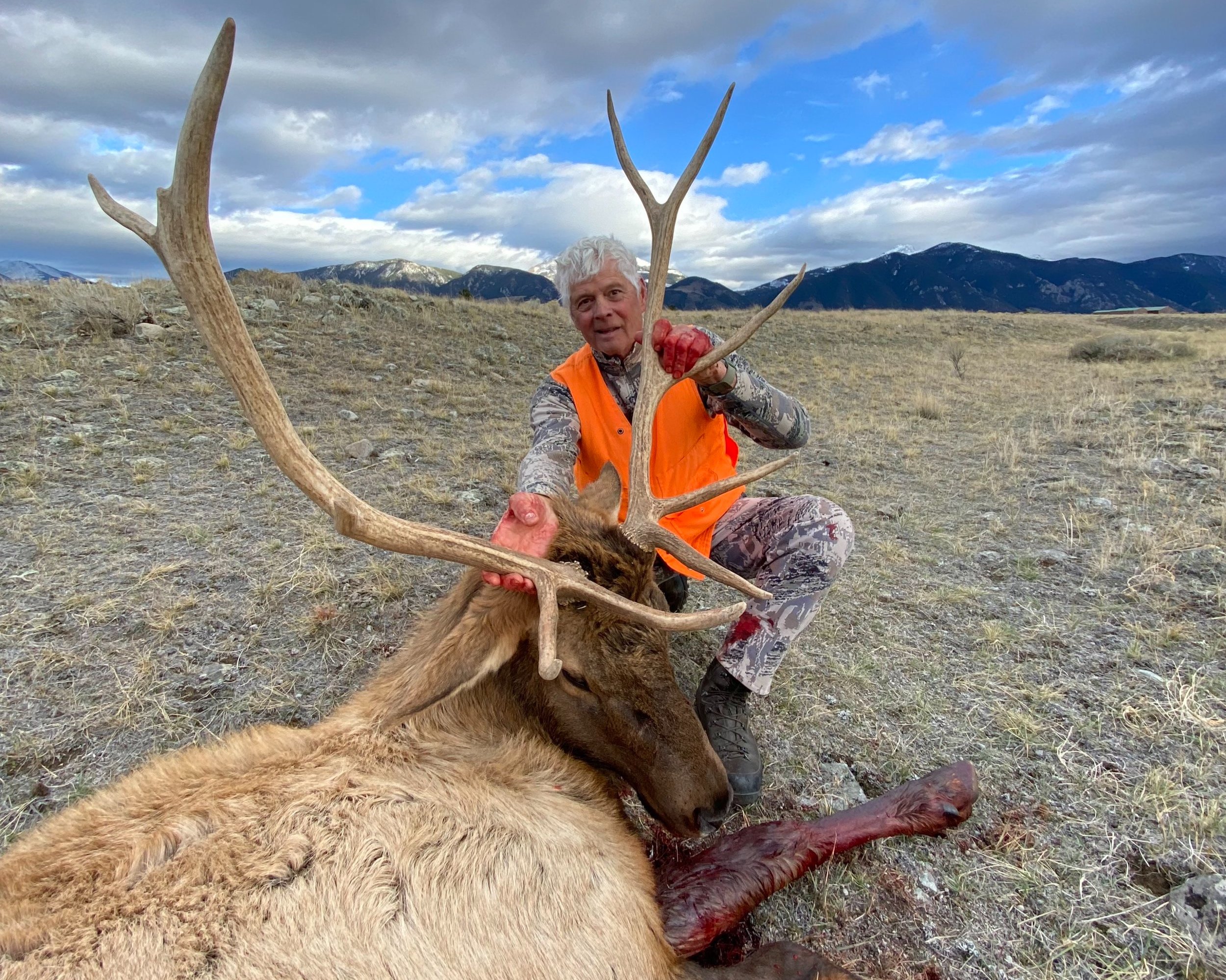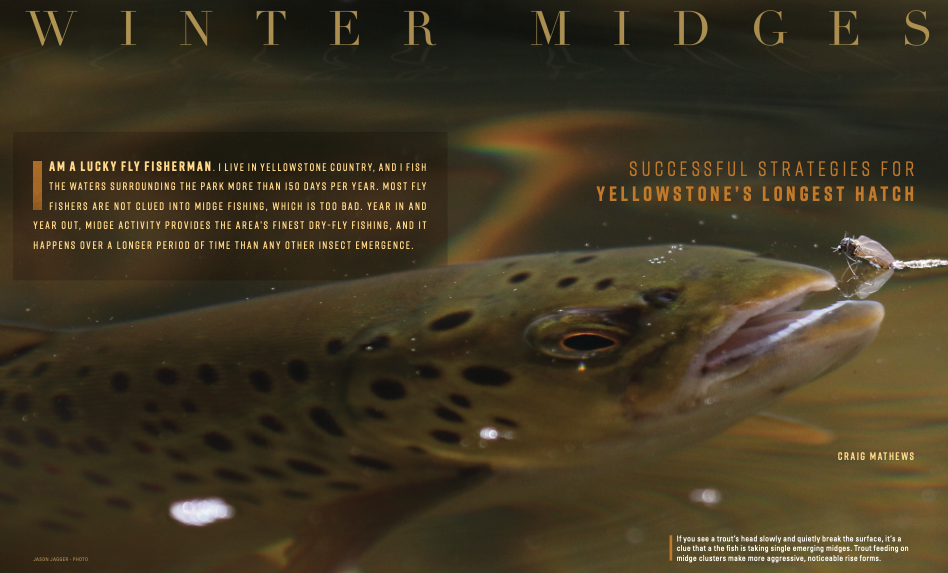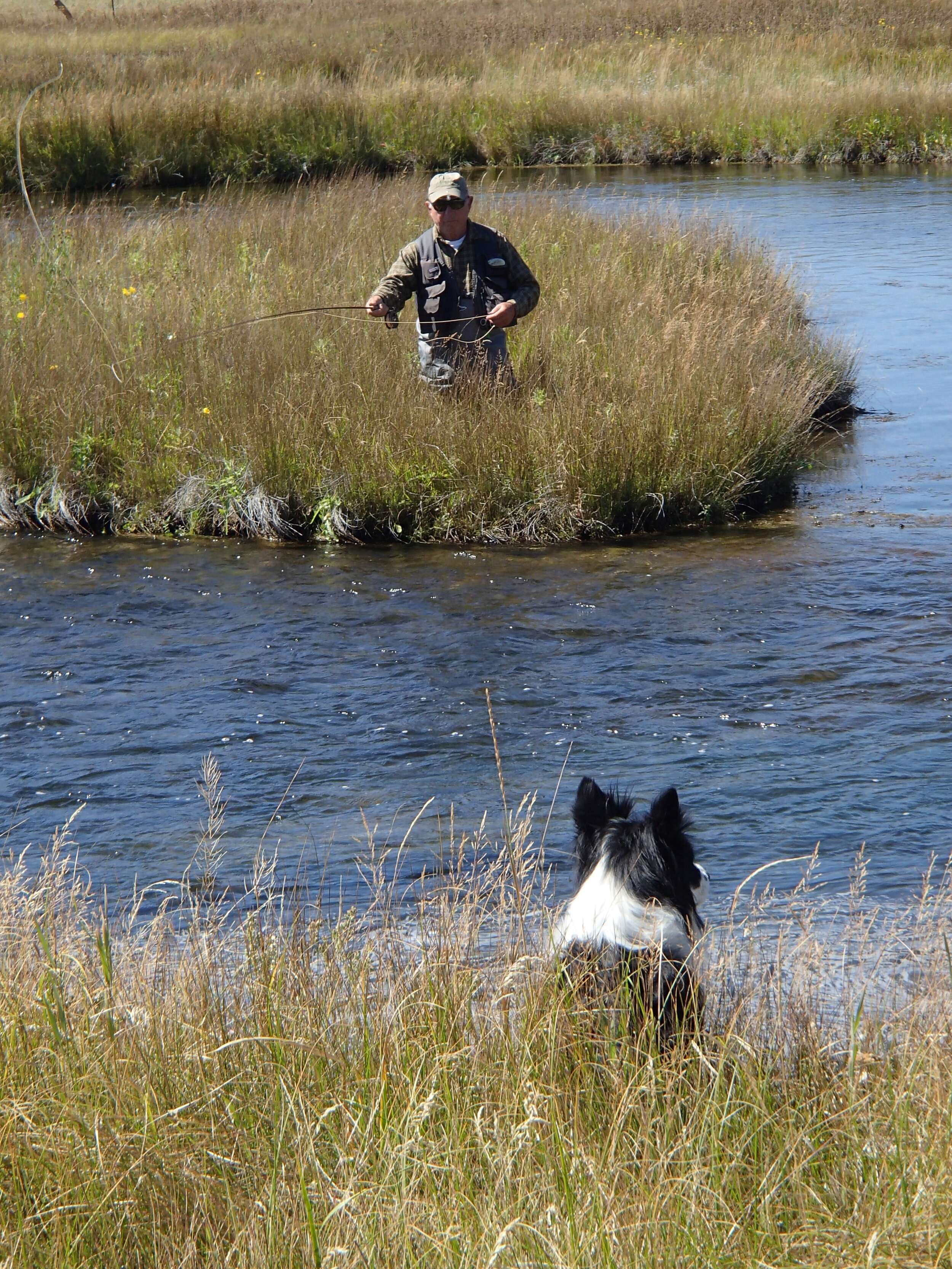These unimpaired natural resources are the primary economic driver of solid positive economic prosperity we as business owners see in Southwestern Montana and Yellowstone country, and around the world. Here in my home state they are the backbone of our local economies. In our sparsely populated state with just a million residents, tourists come to fish and experience native and wild trout, spending over $3 billion a year that supports nearly 40,000 jobs. Nationally, according to the US Department of Commerce outdoor recreation contributes over $650 billion a year to the US economy, over 2% of our national gross domestic product.
Over the past 30 years Yellowstone and Southwest Montana, which is known around the world as “The Trout Heart of America”, has felt the predicted impacts of global climate change: increased fire occurrence, decreased winter snowpack, higher summer air and water temperatures, lower fish numbers and retreating alpine glaciers. The journal of “Science” reports that our warming climate is the primary source of the decline in snowpack, which is our natural water storage system and the primary source of water in many regions. A healthy winter snow pack, that melts away slowly through the warm summer season, feeds our rivers, lakes and streams, allowing them to maintain cool flows throughout the warm summer months. For cold water fish species like trout, this is the safety valve that gets them through the warmest times of the year.
The stark reality is that if nothing is done to reduce greenhouse gas emissions, the primary culprit behind climate change and warming weather and water, native and wild trout habitat in the western United States could be reduced by 50 percent-and even more in some locations. I know everyone is concerned when science tells us that every natural system that supports life on earth is in a state of decline. Some folks respond to these warnings from 99% of scientist by denying their validity, or they make excuses that we do not have the expertise or time to worry about this, or the hope that someone might figure it out or technology will save us in the nick of time.
According to the world’s leading scientists like EO Wilson, the 21st century must become the “Century of the Environment”. If our government, science and the private sector do not begin to cooperate immediately to address the issues like climate change, the earth will lose its ability to regenerate life as we know it. In other words, we are toast.
While this depresses many anglers and business owners, I find action is the cure for depression and the basis for our environmental business philosophies. One reason for being in business is to make sure our government stops ignoring our environmental crisis. Action is necessary if we are going to be doing business in the generations to come, evil wins if we sit on our couches and do nothing. We must exert our power as individuals and businesses to defeat climate change. In other words, it is up to us to save the planet.














































































